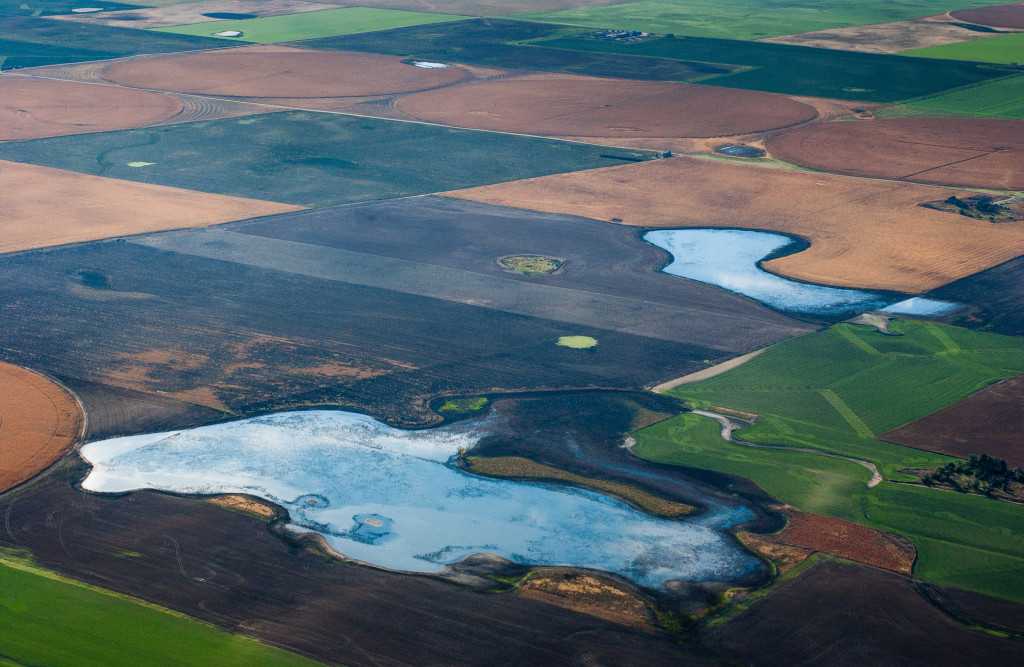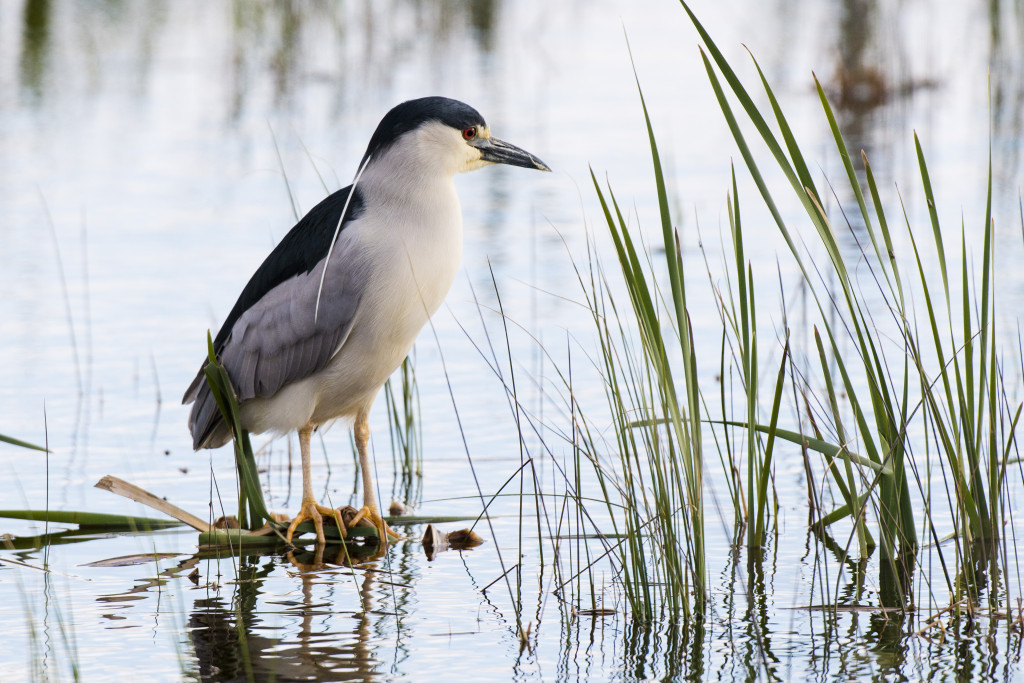Oct 2, 2025
Commissioners to consider sportfishing orders
They will take up these potential fishing changes at their meeting Oct. 10 at Niobrara State Park.

When my oldest child was in elementary school in the 1990s, I was invited to give a class presentation on wetlands. When I asked the students if Nebraska had any wetlands and whether any cool animals lived in them, I was shocked to hear them say, “No.”
They knew more about the Everglades of Florida and the Amazon of South America than they did about wetlands in their own state.
I wanted to fix this and started a project at Nebraska Game and Parks to help address the problem; we wrote and published a wetlands guide and produced an educational video, as well. The project was highly successful, but, as happens, the materials became outdated. At the same time, the ways people consume information also changed.
Fast forward to 2019 when a project got underway to update outreach and education products related to wetlands. Our goal was to increase awareness of the importance of wetlands in Nebraska and to grow an understanding of the need for wetland conservation. In addition to updating our Guide to Nebraska’s Wetlands, we also created a new publication for kids called Wetlandology and worked with the Platte Basin Timelapse group at the University of Nebraska-Lincoln to create five documentary films. They highlight Nebraska’s wetland types: playa, sandhill, saline, riverine and urban, and feature people, places and animals who depend on them to survive.
We want people to know:

In many places, Nebraska’s wetlands have suffered losses and face ongoing threats putting their benefits at risk. We hope sharing these stories about Nebraska’s wetlands will help to improve the conservation of these important areas.
Visit NebraskaWetlands.com to check out these amazing new products and stories. You will be pleasantly surprised by what you discover.
Nebraska Game and Parks and PBT coordinated this project with the Nebraska Cooperative Fish and Wildlife Research Unit at UNL, the U.S. Environmental Protection Agency and Ducks Unlimited. We also sought input from 45 partner agencies and organizations.